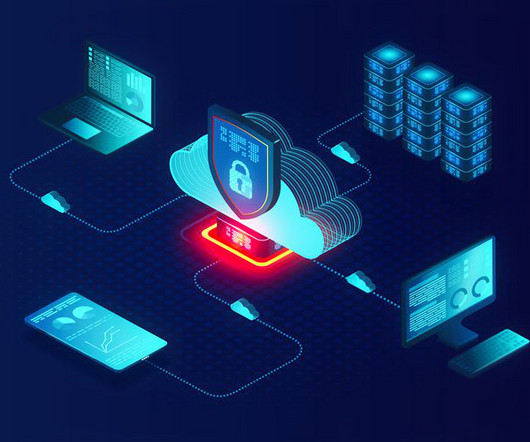Introducing Cloud NGFW for Azure — On-Prem to Azure, Seamlessly Secure
Palo Alto Networks
MAY 2, 2023
That’s why we are excited to launch Cloud NGFW for Azure to strengthen security for applications running on Microsoft Azure while streamlining network security operations. This enables customers to maintain centralized threat visibility and management, so they can extend control of network security from on-prem to Azure.


















Let's personalize your content